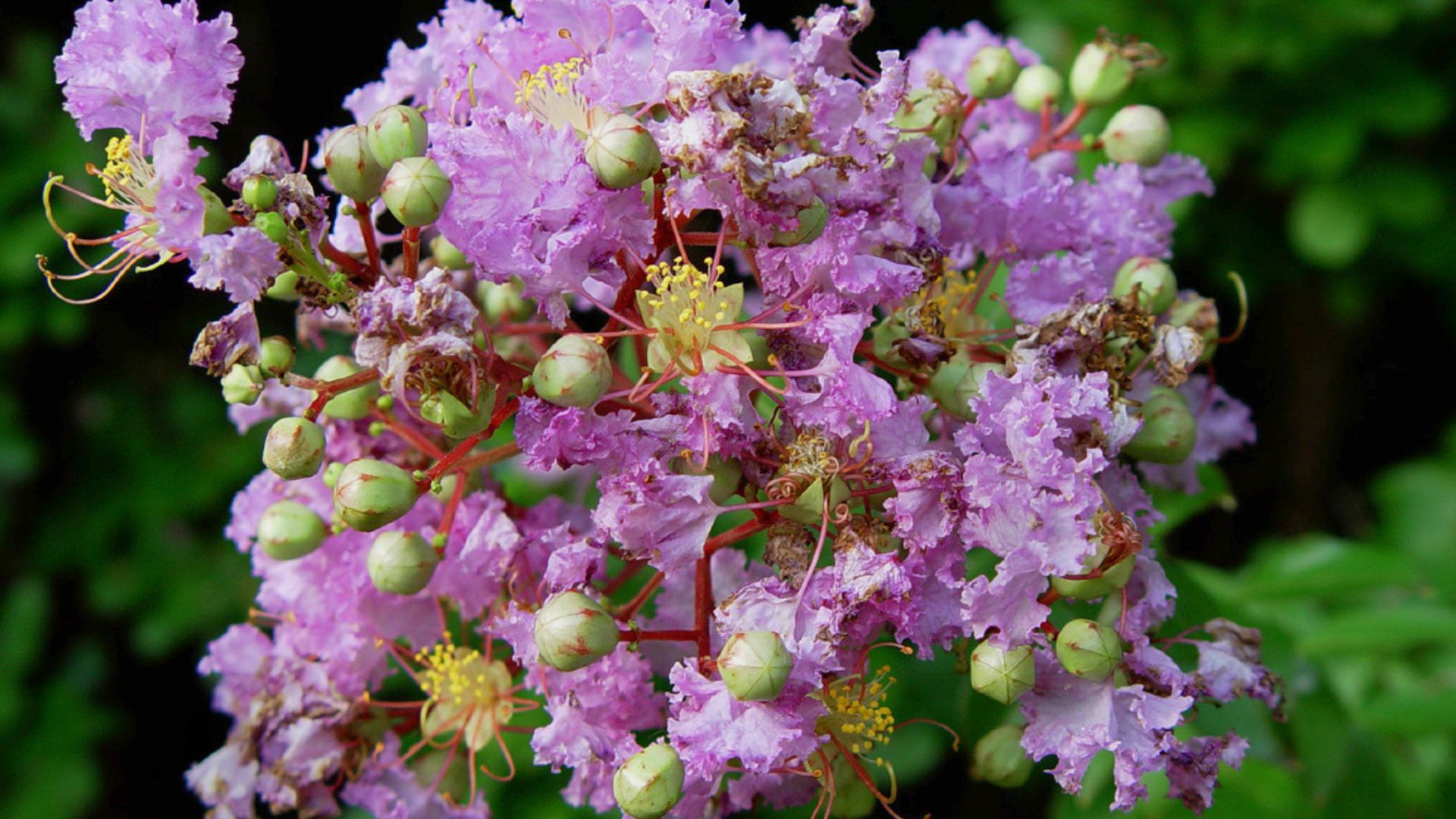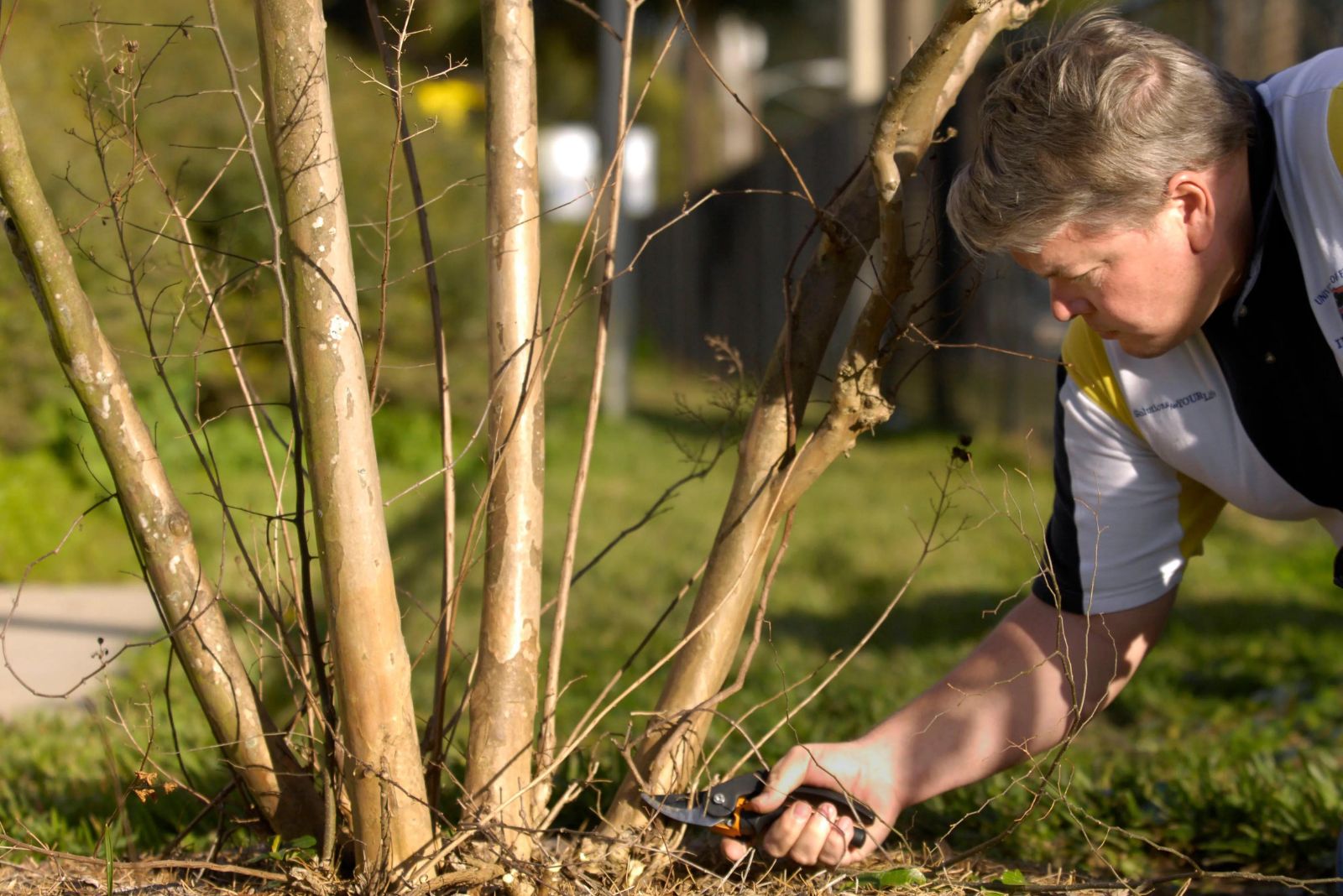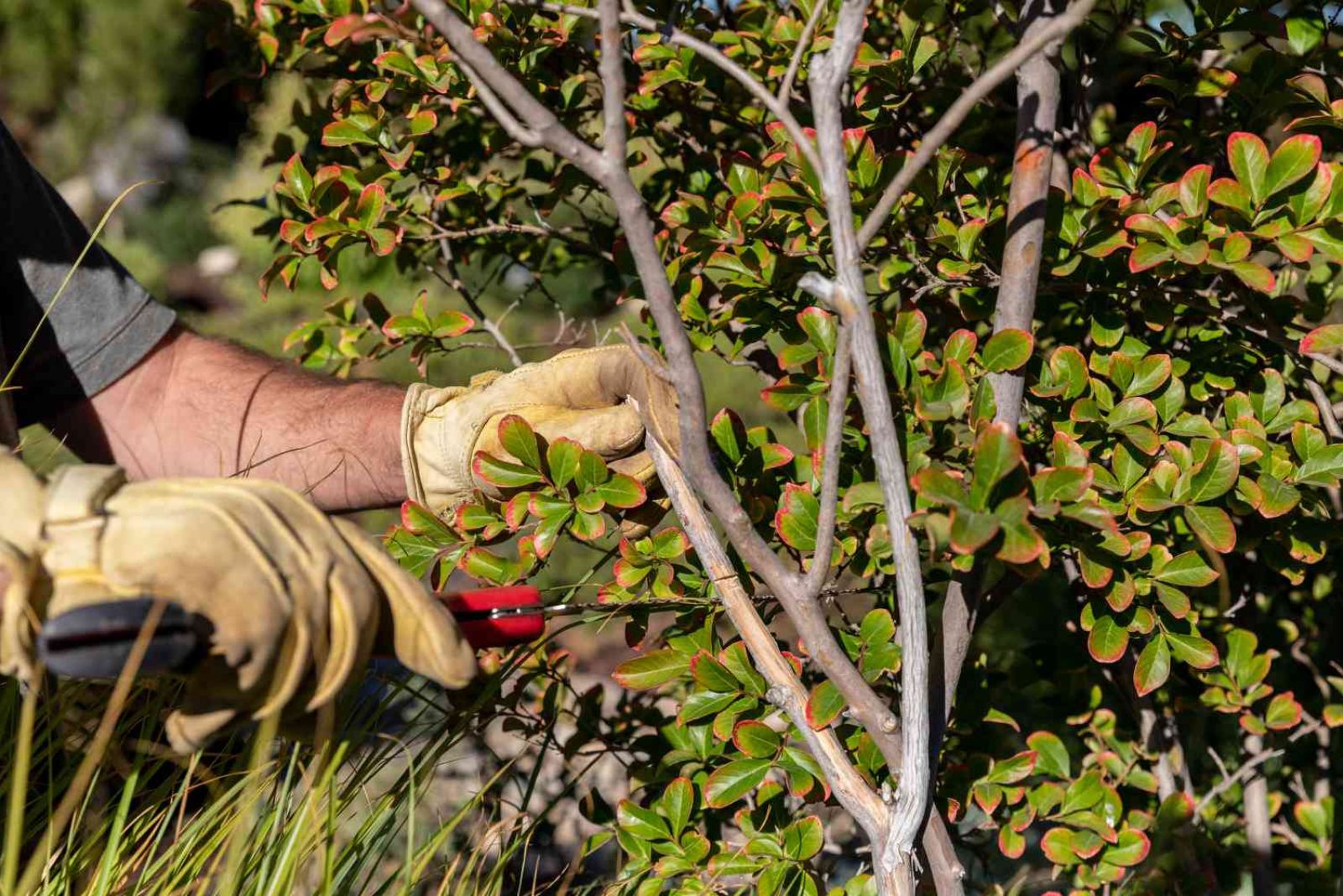If there was a competition for the most beautiful flowering tree, Crepe Myrtle would definitely be at the top of the list.
These trees make an excellent addition to any garden design, especially when in full bloom. However, getting your Crepe Myrtle to bloom is possible only if you meet all the requirements.
One of the essential parts of caring for these trees is pruning. If you’ve been asking yourself, “when should I prune my Crepe Myrtle?” you’re in the right place to find out.
In this article, I’ll show you everything about pruning these trees; from the best time to do it to possible dangers if you skip it.
Let’s get started!
When To Prune
The best time to prune this low-maintenance tree is in late winter. This means that you still have enough time to prepare everything.
Why late winter? The growing season for the Crepe Myrtle tree starts in spring and you should prune before it arrives. For most regions, pruning is typically completed in February.
If you skip pruning in late winter, you may still get away with early spring pruning. The essential thing is to prune before your Crepe Myrtle generates new buds.
These trees are dormant during the winter and will display new growth when the danger of frost ends. Adhering to the correct pruning time will help you avoid many issues, including stressing your Crepe Myrtle.
You should avoid pruning these plants in the fall because winter temperatures can damage the tree if there aren’t any protective branches.
Late fall and winter is the best time to transplant Crepe Myrtle, if necessary.
The Benefits Of Pruning Crepe Myrtle
Pruning has various benefits for plants and Crepe Myrtle trees aren’t an exception. This gardening technique promotes the overall health of plants and encourages vigorous growth.
Your Crepe Myrtle will generate more blossoms if pruned correctly and on time.
Leggy and overgrown trees look unhealthy and unsightly but pruning can help you fix it and maintain the desired shape.
By removing dead and damaged branches, you help your Crepe Myrtle to focus energy on new growth. This technique promotes air circulation in the plant, which means fewer diseases.
The middle part of the plant is prone to fungal diseases but you’ll promote air circulation in the plant with this technique, which will decrease the tree’s susceptibility to diseases.
If there are any pests on your Crepe Myrtle, it will be easier to spot and remove them.
Finally, if you prune your Crepe Myrtle, its flower clusters will be larger and more visually appealing.
What Will Happen If You Skip Pruning?
We’ve seen all the benefits of pruning for Crepe Myrtle trees but what happens when you skip this task completely?
Well, your lovely Crepe Myrtle may not reach its full potential; it won’t display as many blooms and its overall appearance won’t be as lush.
But these aren’t the most serious issues that can occur in your Crepe Myrtle. Remember, if you leave it unpruned, its susceptibility to diseases will significantly increase.
Additionally, leggy growth can’t support the weight of blooms. Your Crepe Myrtle could also break because of wind and heavy rain if the branches are overgrown.
There’s one term you should know for these trees: crepe murder. The term refers to excessively pruned Crepe Myrtles. So yeah, you shouldn’t leave the tree unpruned but you shouldn’t over-prune it either.
An over-pruned Crepe Myrtle will be weak and won’t live as long as healthy trees do.
Your main task is to remove all the unnecessary branches for reshaping and health purposes.
Here’s a video on everything you need to know about pruning Crepe Myrtles.
Timing and technique are the two most important factors to consider if you decide on pruning your Crepe Myrtle. With all the tips and tricks I showed you above, your tree is bound to thrive!



